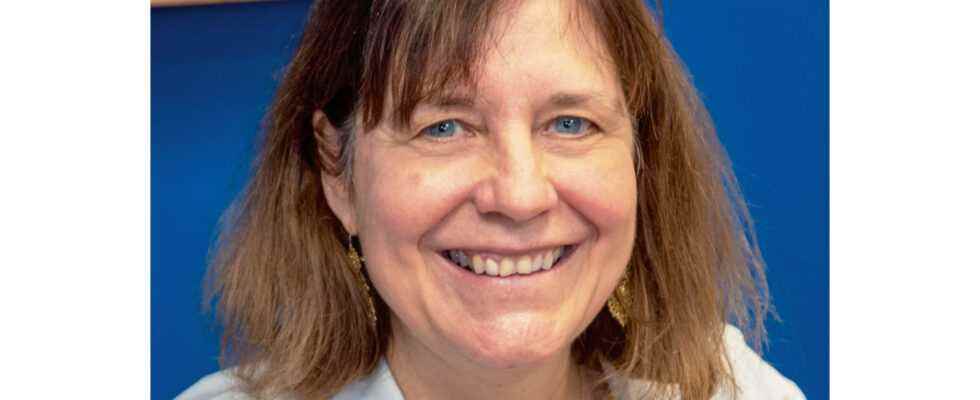All humans have bad dreams, but this phenomenon is so disturbing to some people that it demands treatment. Explanations with Pr Isabelle Arnulf.
Paris Match. What do you mean by “diseases of nightmares”?
Professor Isabelle Arnulf. A quick reminder: normal sleep consists of 5 or 6 cycles of approximately 90 minutes. Each cycle begins with light slow sleep, which consolidates the memory, continues with deep slow sleep, physical restorative, and ends with paradoxical sleep, that of dreams which balances the psychic state. Physiologically and in a paradoxical phase, we all have bad dreams, marked by negative themes (insecurity, failures, physical threats, etc.)
Two-thirds of our dreams are unpleasant! We call them nightmares when they cause an awakening. But there are also pathological nightmares, which alter the quality of life by their recurrence or their characteristics. They are of four types. 1. Night terrors affect 2% of adults, 17% of children and are transmitted in families. The person has the feeling of being buried alive or that a ceiling is falling on their head, in short that their death is imminent. She screams, sits up or gets up screaming, her eyes open and frightened. The crisis is short, about two minutes, but terrible, waking up at the beginning of the night in deep slow sleep. Recent stress or lack of sleep favor its occurrence. 2. REM sleep behavior disorder affects 1% of the population, always people over 50, and very often those with Parkinson’s disease. It is an agitated nightmare when it should not be since in this phase the body is normally paralyzed under the blocking action of a cerebral center (locus subcoeruleus) which is damaged here: the subject kicks, speaks vulgarly, often falls out of bed. Attacked by aggressors or dangerous animals, it defends itself and counter-attacks. The seizure lasts about ten minutes. 3. Sleep paralysis is a nightmare without agitation, which occurs in the morning at the end of the paradoxical phase. A lack of sleep favors it. The sleeper feels paralyzed, unable to escape, and experiences hallucinations (intruder in the room, devil crushing his chest). 4. The nightmare disease itself (5% of the population) involves recurrent, prolonged, often very violent bad dreams (blood, death of loved ones, hanging, etc.) which resemble a horror film and whose repetition affects the person’s daily life (insomnia, fatigue, dark thoughts). Unlike other pathological nightmares, a traumatic event is often identifiable. This unagitated nightmare occurs in the paradoxical phase, rather at the end of the night. If a young and depressed person suffers from it, the risk of suicide is significant. Prompt consultation with a psychiatrist is then desirable.
What would be the brain mechanism involved?
The one that prevails today is that sleep, in addition to being essential for memorization, makes it possible to digest the negative emotions of the day which have been recorded hot by a cerebral center called the amygdala. In REM sleep, the intensity of these emotions is degraded and reprocessed by the frontal cortex which can even annihilate them: this desensitization ensures our mental balance. People who have experienced terrible events, who have difficulty digesting strong emotions or sleeping poorly, are more likely to wake up before having completely digested their fears.
What about support?
Treatment depends on the type of nightmare. 1. Night terrors improve by reducing sleep debt (longer nights, siesta, body relaxation, hypnosis). 2. REM sleep behavior disorder responds to taking melatonin and other medications (clonazepam). 3. Sleep paralysis improves by repairing sleep debt and avoiding sleeping on your back. 4. The disease of nightmares is treated by the repetition of mental imagery (RIM) which, eyes closed in the morning and in the evening at bedtime, visually modifies the scenario of the nightmare and gives it a happy ending. Writing this script is recommended. In total, 70% of these various disorders are curable.
